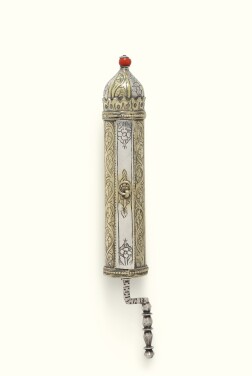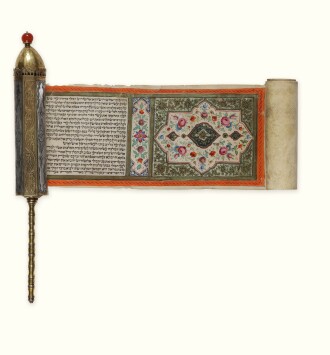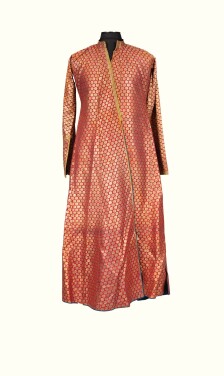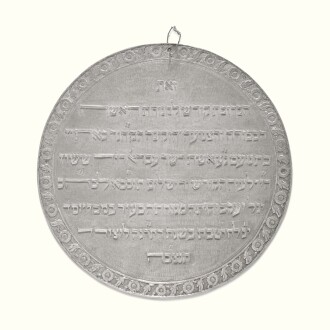
T he patriarch of the Sassoon dynasty, David (1792-1864), was one of seven children born in Baghdad to his father Sassoon ben Saleh (1750-1830), a wealthy businessman who served as chief treasurer to the local Ottoman pashas and nasi (president) of the Babylonian Jewish community. Because of the practice of some Jewish families for sons to add their father’s given names to their own, David came to be known as David Sassoon, whence the surname. After receiving a traditional Jewish education, David married Hannah (Aziza) Joseph of Basra (1792-1826), who bore him four children in Baghdad; following her premature death, he wed Flora (Farha) Hayyim (1812/1814-1887), mother of ten further daughters and sons in Bombay.
In the late 1820s, persecution by Daud Pasha of Baghdad forced most of the family to leave the city and settle in Bushire (present-day Bandar Bushehr, Iran), where Sassoon ben Saleh passed away in late 1829. In 1832, having relocated to Bombay (present-day Mumbai, India), David founded a company, David Sassoon and Sons (later: David Sassoon & Co.), that quickly came to dominate the opium and cotton trades in the Persian Gulf, India, Southeast Asia, China, and Japan and, with time, expanded into numerous other commodities and fields as well, including banking and real estate. Like Mayer Amschel Rothschild before him, David dispatched his sons to important financial centers and trade posts in order to found new branches of the family business. His success and the prospect of employment by his company induced other Baghdadi Jews, including such future entrepreneurs as Ellis Kadoorie and Silas Hardoon, to immigrate to India and points further east, often helping to found new Jewish communities upon their arrival.
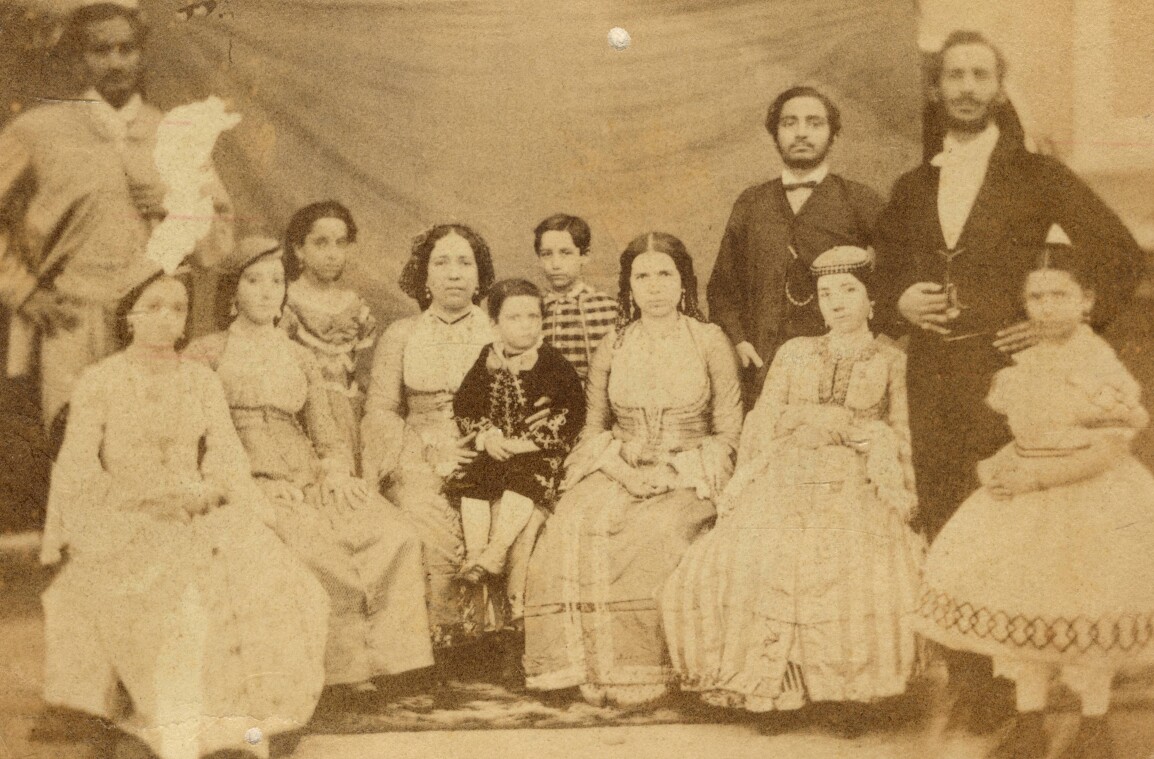
Seated (left to right): Rachel, wife of Shalom Hayyim David ben Moses; Sarah, wife of Isaac Nissim; Mozelle, daughter of Albert David Sassoon; Amam, daughter of David Sassoon; Joseph, son of Meyer Sassoon Nissim, in his mother’s lap; Edward, son of Albert David Sassoon; Aziza, wife of Ezekiel Gubbay; Flora, wife of Sassoon David Sassoon; Flora, daughter of Ezekiel Gubbay. Standing (left to right): Aaron David Sassoon; Sassoon David Sassoon; Joseph Hai, son of Albert David Sassoon
With the immense wealth he eventually amassed, David Sassoon funded a wide range of Jewish and general communal, educational, cultural, and civic institutions and causes in the Land of Israel, Iraq, Bombay, and Poona (present-day Pune, India), where he maintained a summer home. These included, among others: in the Old City of Jerusalem, the Beit Menachem Synagogue for the local Chabad community; in Hillah (Iraq), a synagogue; in Hong Kong and Shanghai, Jewish cemeteries; in Bombay, the Magen David Synagogue and affiliated Talmud Torah, the David Sassoon Benevolent Institution, the David Sassoon Mechanics’ Institute, the David Sassoon Industrial and Reformatory Institution for Juvenile Offenders, and the David Sassoon Library and Reading Room; and in Poona, the Ohel David Synagogue, the David Sassoon General Hospital, and the David Sassoon Infirmary and Leper Asylum—in addition to all of his private charitable giving to individual Torah scholars, the poor, and various philanthropic organizations and relief funds.

In 1853, in recognition of his loyalty to the imperial crown and assistance in the expansion of British trade interests in the East, David Sassoon was made a British citizen (even despite his lack of English; he spoke “only” five languages: Hebrew, Arabic, Farsi, Turkish, and Hindustani). When the Sepoy Mutiny broke out in 1857, he continued to support and advise the British authorities. On January 15, 1863, he was granted a coat of arms by the Kings, Heralds, and Pursuivants of the College of Arms, featuring symbols that alluded to various biblical verses and Jewish ideas: a palm tree (“The righteous bloom like a date-palm” [Ps. 92:13]), pomegranate (“as full of good deeds as the pomegranate is full of seeds” [Sanhedrin 37a]), lion with a rod in its paw (“The scepter shall not depart from Judah” [Gen. 49:10]), and dove with a laurel branch in its beak (“The dove came back to him toward evening, and there in its bill was a plucked-off olive leaf” [Gen. 8:11]). This armorial emblem, accompanied by its Hebrew motto Emet ve-emunah (Truth and Faith), as well as the Latin equivalent, “Candide et Constanter,” continued to serve members of the Sassoon family well into the twentieth century.
David Sassoon passed away in Poona on the Sabbath, November 7, 1864, at the age of 72. He was buried in the courtyard of the Ohel David Synagogue in a mausoleum bearing long Hebrew inscriptions lauding his refined character and immense philanthropy. With his death, to quote The Times of India, “Bombay has lost one of its most energetic, wealthy, public-spirited and benevolent citizens… In personal appearance, private character and public life most remarkable.”
On his passing, David’s estate was valued at approximately £4-5 million. His two eldest sons, Albert and Elias, who had joined him as partners a bit over a decade prior, succeeded him in running the family business. While the Sassoons maintained strong connections with Bombay for many years thereafter, several members of the second and third generations eventually immigrated to the United Kingdom.






